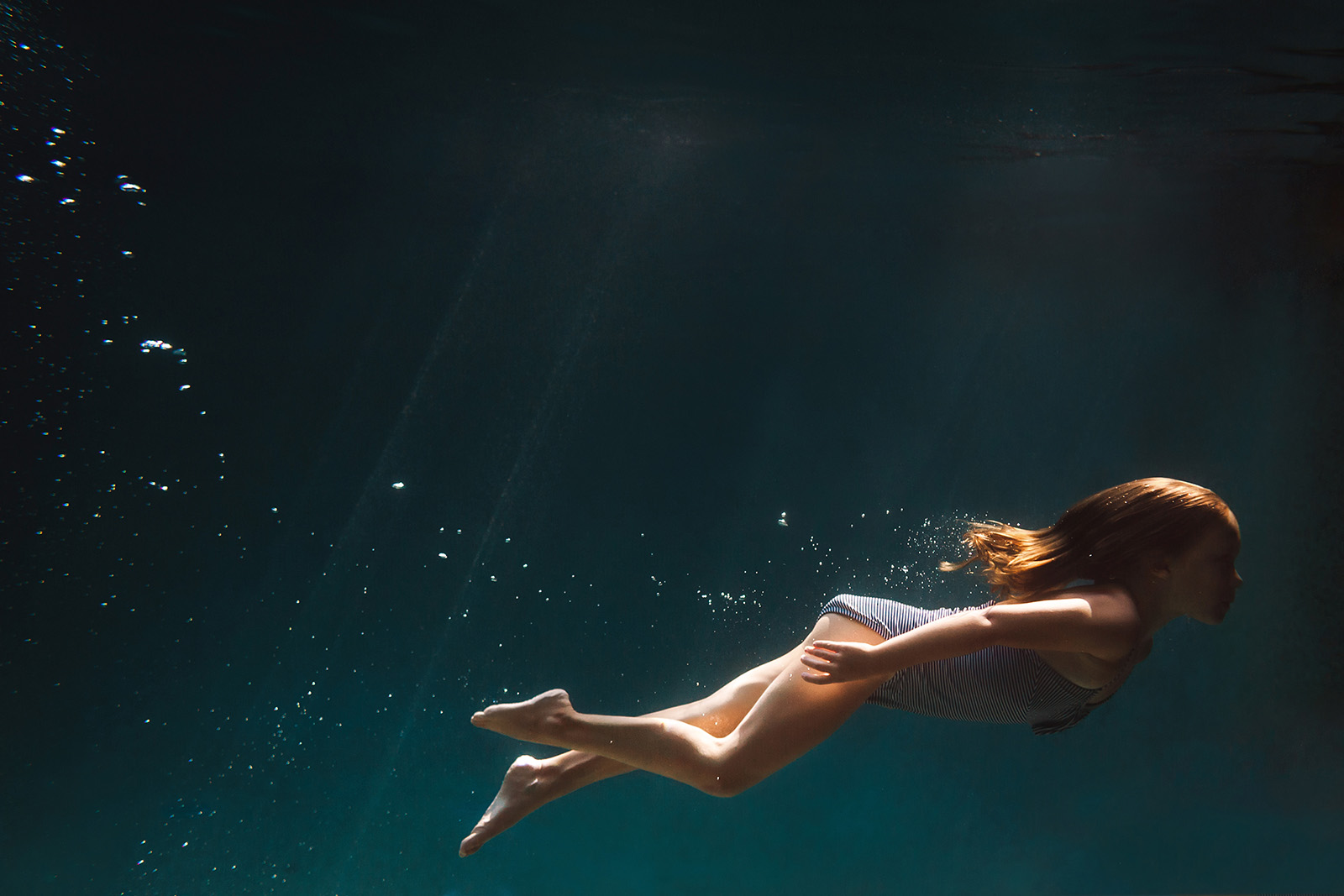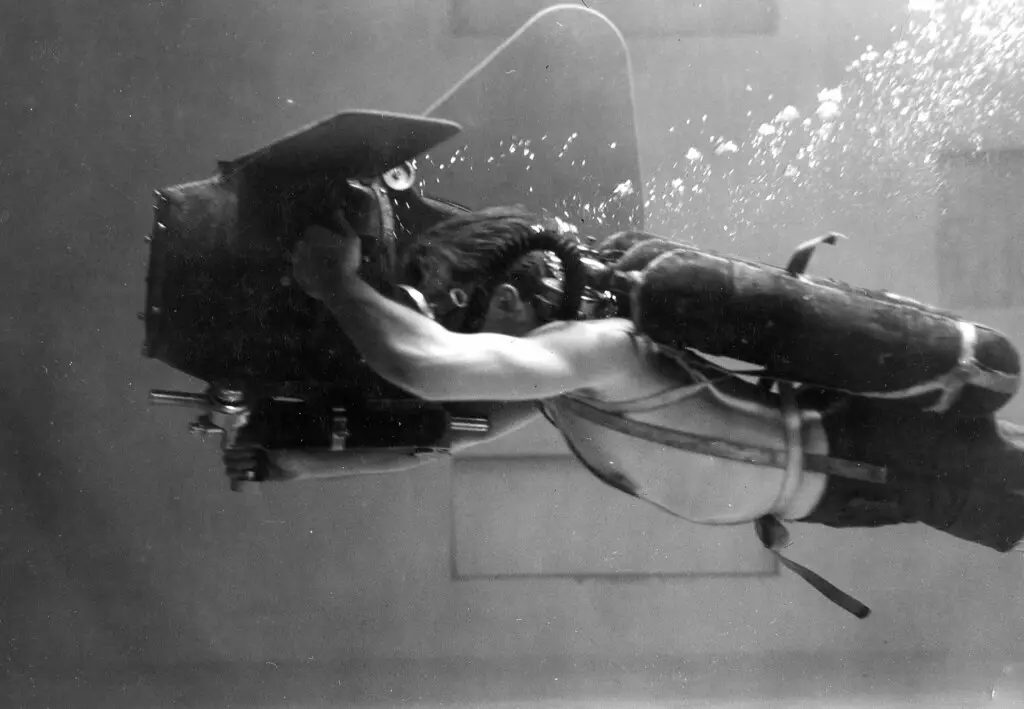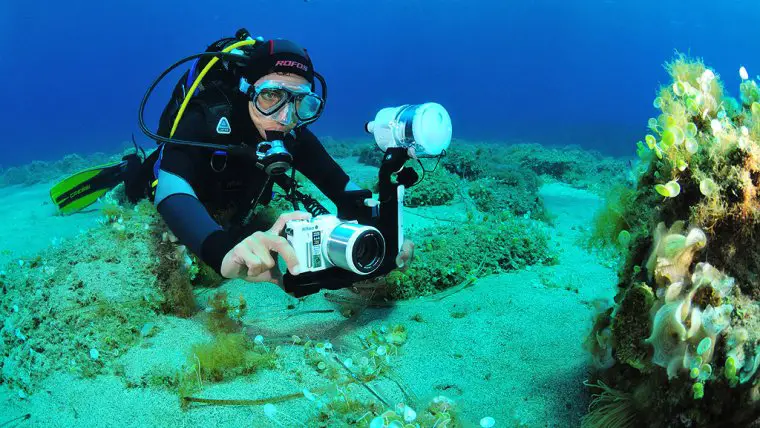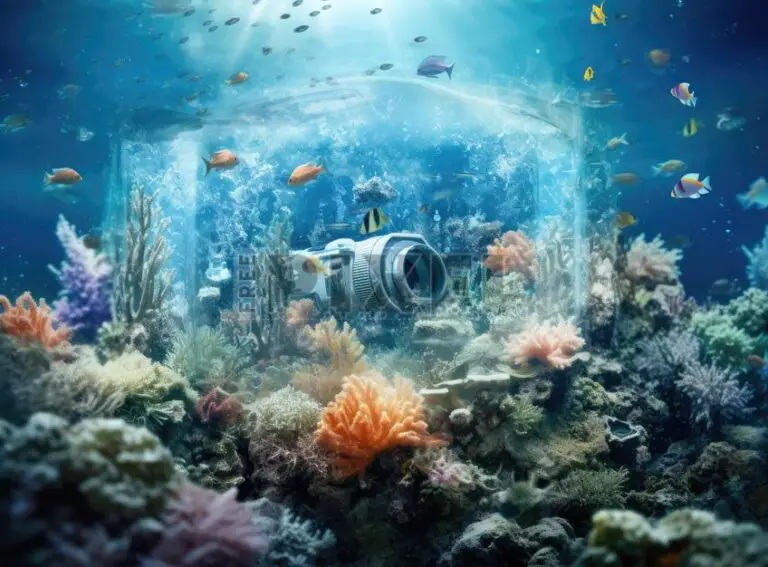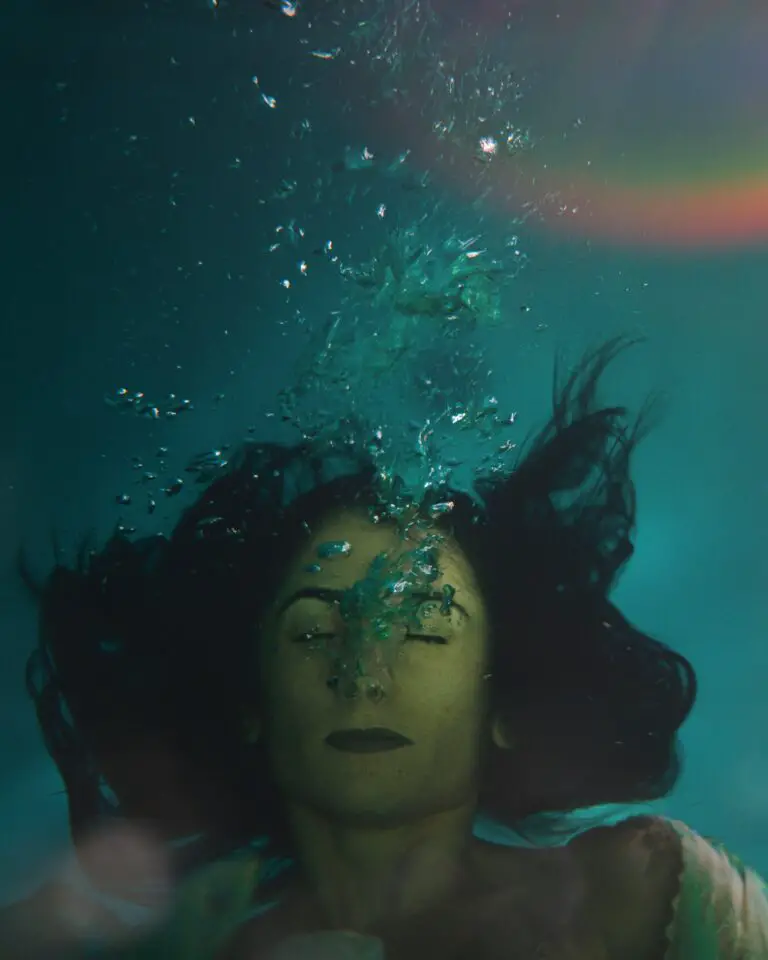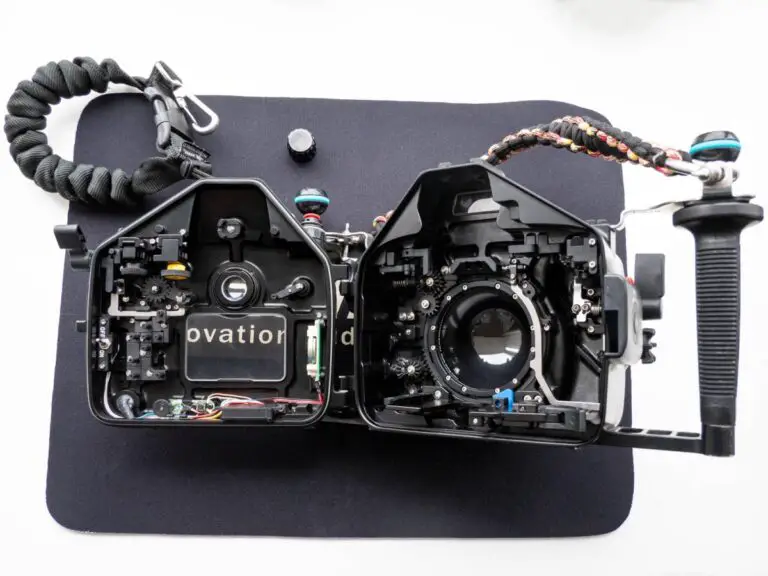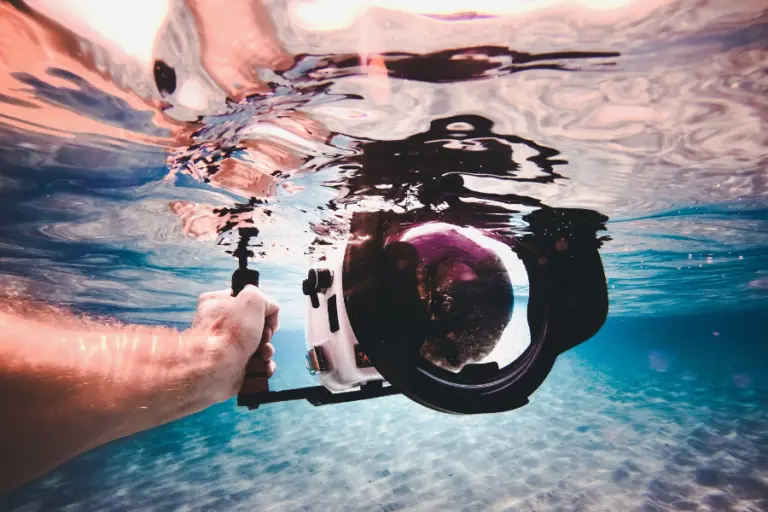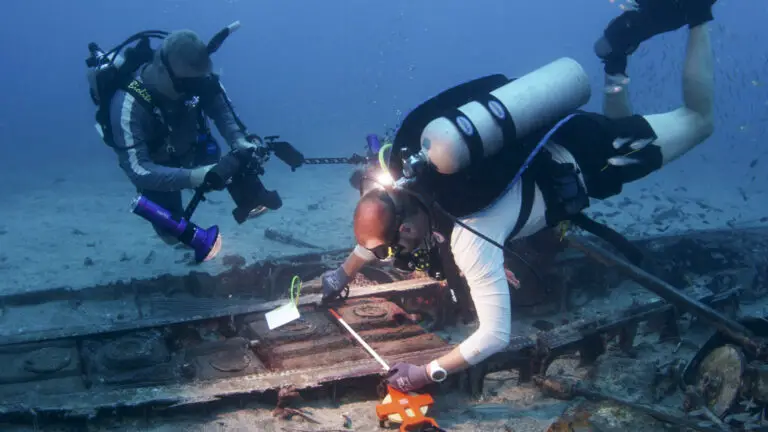Underwater Photography Lighting Techniques: Illuminating the Deep
The allure of the underwater world is as mystifying as it is inspiring for photographers. Capturing the depths beneath the ocean’s surface demands not only a sense of adventure but also a mastery of specialized lighting techniques that can make the difference between an average shot and an awe-inspiring masterpiece.
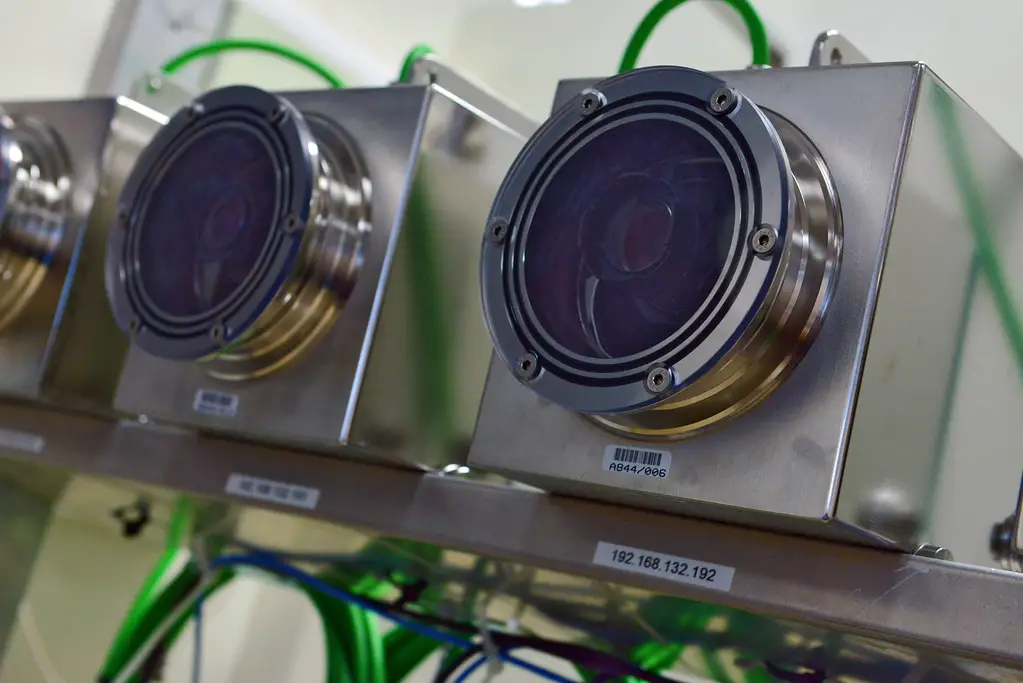
For photography aficionados venturing below the waterline, understanding how to harness light effectively is a gateway to discovering the secrets of the deep. Whether you’re a seasoned scuba diver with a keen interest in photography or a hobbyist seeking to explore this subaquatic art form, this guide will illuminate the path to crafting truly exceptional underwater photographs.
Importance of Lighting in Underwater Photography
The fundamental challenge of underwater photography is the diminishing quality of natural light as you descend into the aquatic spectrum. Water acts as a filter, absorbing and scattering light, which can lead to loss of color and contrast in your images. Effective underwater lighting becomes crucial for:
- Revealing the True Spectrum: It restores the lost vibrancy of underwater colors.
- Enhanced Clarity: Properly lit scenes bring sharpness and detail to the foreground.
- Creative Expression: Controlled lighting allows for creative effects and the opportunity to play with shadows.
Natural Light Techniques
Understanding and working with the ambient light of the underwater environment is an essential skill for any photographer. Here’s how to make the most of it:
- Use the Sun as a Guide: Its position determines the color and intensity of the light; always keep it as a point of reference.
- Shoot Upwards: Position yourself below your subject and facing the sun. This method, called Backlighting, can create stunning silhouettes and a halo effect around your main subject.
- Reflective Surfaces: Utilize the sun’s rays bouncing off reflective surfaces to illuminate dark areas, such as the underbelly of a fish or the interior of a cave.
Artificial Light Techniques
When natural light falls short, artificial lighting is there to pick up the slack. Underwater, this means strobes and flashguns, carefully positioned to complement the scene:
- Balancing Act: Achieve the right balance between natural and artificial light. Using too much artificial light can cause undesirable backscatter.
- Position Pointers: Strobe or flash positioning is key. Angling the light can reduce backscatter and create shadows, adding depth to your image.
- Multiple Lights: Experiment with multiple lights to highlight various aspects of the scene without overpowering the natural contrasts.
Advanced Lighting Setups
Sometimes, standard lighting techniques are not sufficient. For those occasions, advanced lighting configurations can be the difference-maker:
- Diffusers for Softness: Attach diffusers to soften the light and eliminate harsh shadows.
- Color Correction Filters: Add color gels or filters to your lights to restore the red and warm tones lost in the water.
- Snoots for Precision: Use snoots to funnel light onto specific subjects, creating dramatic effects and isolating them from the background.
Practical Tips for Underwater Lighting
The beauty and complexity of underwater photography lighting demand proper care and consideration:
- Equipment Maintenance: Keep your lights clean and check them for leaks regularly. Even the smallest defect can lead to failure in the depth’s pressure.
- Safety First: Always be mindful of your environment and the marine life. Inadequate lighting techniques can disturb or even harm the fragile ecosystem you’re there to capture.
- Practice Patience: Mastering underwater lighting is a continuous learning process. Be patient, experiment, and don’t be discouraged by initial challenges.
Conclusion
Underwater photography is a blend of art and science, where light serves as both the paintbrush and the canvas. Through diligent practice and crafty manipulation of light, new depths of creativity and beauty can be explored. Lighting techniques for underwater photography are not simply about illuminating the scene; they are about revealing the magic that lies beneath the waves.
With the knowledge gleaned from this comprehensive guide, photographers and divers can forge a deeper connection with the undersea world, one photo at a time. It’s a realm shrouded in darkness, yet with your understanding of light’s power, it’s a canvas just waiting to shine. Dig into this world, hone your skills, and prepare to illuminate the deep in ways that will captivate anyone who sees your work.

